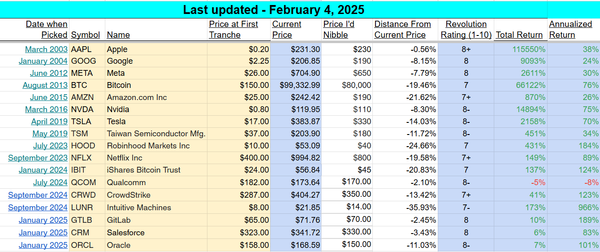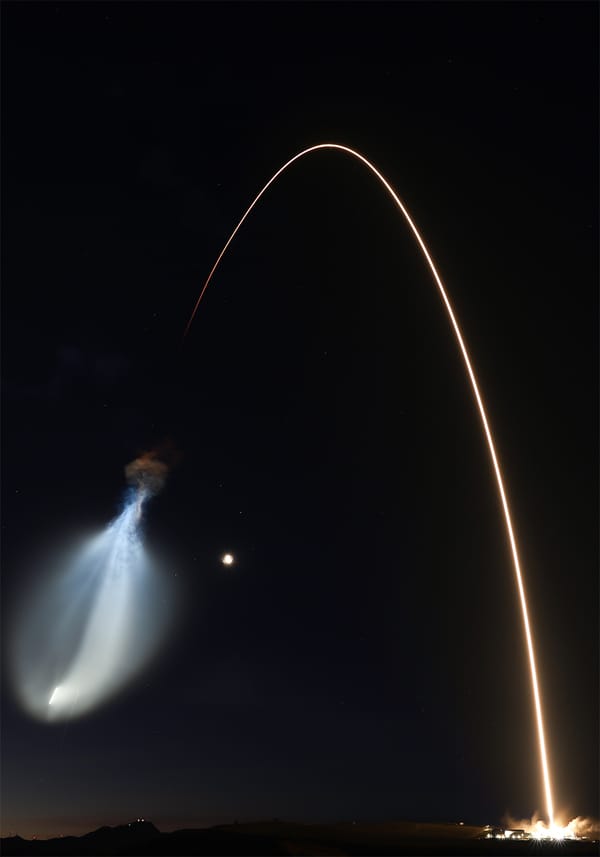How the Drone Revolution will impact every kind of travel (and Trade Alert: Taking profits on half the Apple calls)
One trade to mention this morning.
I am locking in a 250% gain as I am selling half my Apple call options from back in March. I paid about $20 each for ’em and they’re now going for more than $70 a pop. I’d explained why I bought them at the time, as outlined here.
“Meanwhile, I’m going to buy some $AAPL call options here, as it looks ready to head higher as a safe haven stock if the momentum money flees the highflyers and is likely got upside along with a continued broader stock market rally if I’m wrong about buying the above mentioned insurance via puts. I am buying the July $550 AAPL call options.” March 12, 2014 TradingWithCody http://tradingwithcody.com/2014/03/12/trade-alert-more-insurance-hedging-and-some-call-options-too/
Okay with that out of the way, here’s my latest report.
Forget the word drone and all the negative, violent, military-related connotations that go along with it. Think of the phrase “Unmanned Vehicle” instead. That’s what the coming Drone Revolution is going to be all about. Unmanned or pilotless vehicles – aerial, hover, road, submarine, outer-space, microscopic and any other form of travel that man has before or will someday accomplish will be safer and more efficient and more cost-effective when done with drones.
As the cost of building and using drones continues to drop and as the capabilities and safety features of drones continue to grow, the vast majority of any routine-based “drivers” or “pilots” will be replaced with drones. I mentioned before that Google’s unmanned-cars that they use to build their Google Maps street views have logged nearly a million miles of travel without one citation or accident. No person or group of persons driving those cars, no matter how good and safe a driver they have been, could accomplish such a spotless performance record.
You’ll have two primary types of drones then — those that are programmed ahead of time like the Google Map cars. And those that are controlled by an individual such as we’re already seeing in the search-and-rescue field.
By far the bigger market will the the programmable drones, that are programmed to deliver routine packages for UPS, Amazon, FedEx and the Postal Service or that are programmed to drive a city’s buses and trains and public transportation or even that are programmed to fly aircraft full of people as they fly around the world.
Obviously, the routine local delivery and transportation industries will be the first to be impacted by the drone revolution. Flying drones that deliver packages and driverless local buses will be showing up in wealthy developed cities in the next three to five years. And within the next decade or so, we’ll see driverless buses and subways and trains, much like you already see at major airport terminal trains that are, indeed, drones like DFW or LAX. And soon therein or thereafter, we’ll also see semi-trucks pulling three or four trailerfuls of cargo on the highways as we ride in our driverless car or bus to our own destination on the same highway. Within another twenty years or so, we then approach the pilotless jumbo jets hitting the commercial market with robot flight attendants on board.
To properly get positioned for profiting on the Drone Revolution, we’ll need to highlight and then dig into some of the components that will go into most every kind of unmanned, driverless, pilotless, robotic vehicle of the future.
When you introduce movement on command into any computer-based system to make a drone, you’ll almost always have to include an IMU, or inertial measurement unit, to keep the unit controlled and balanced. Read up on IMUs here on Wikipedia. The IMU is the main component of inertial navigation systems (INS) used in aircraft, spacecraft, watercraft, and guided missiles among others. In this capacity, the data collected from the IMU’s sensors allows a computer to track a craft’s position, using a method known as dead reckoning.
IMU’s and INS’s are increasingly intelligent and better chipsets to control the IMUs which in turn control and monitor a system’s altitude, location, balance, movement and so on. Most IMU’s will include:
1. GPS Antenna(s)
2. Digital magnetic compass(es)
3. Barometric altimeter(s)
4. Six-axis accelerometer(s)
5. MEMS gyroscope(s)
By pinpointing the common components in the drone and robotic movement world and by realizing just how all-encompassing the drone/pilotless/driverless vehicle markets are going to become, we can find some great investment ideas to ride the multi-decade revolution to fruition.
Next I’ll be highlighting some of the companies that make each of these kinds of components. And then we’ll get down to stock picks. Obviously, if we’re talking about a multi-trillion dollar marketplace for drones and unmanned vehicles that will build over the next two decades, we’ve got a little more time to do our homework before committing much capital.




